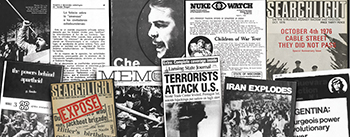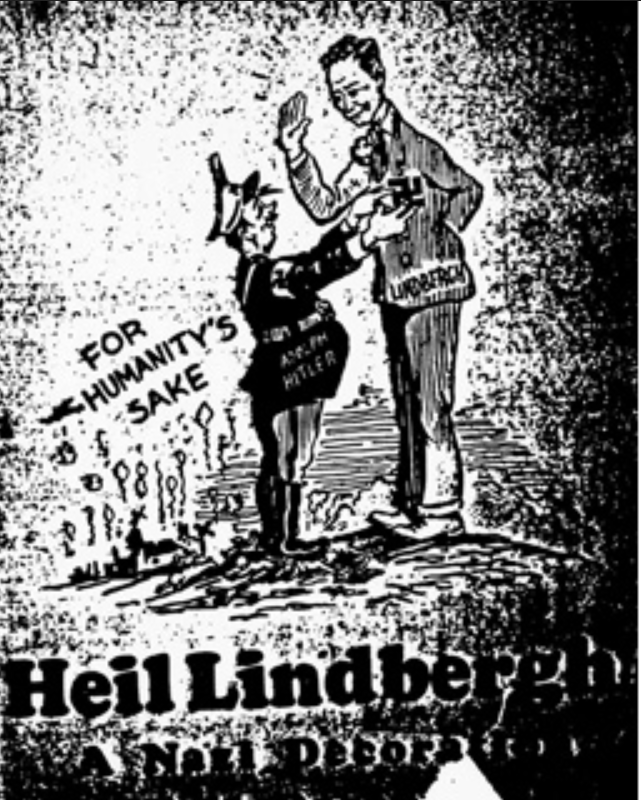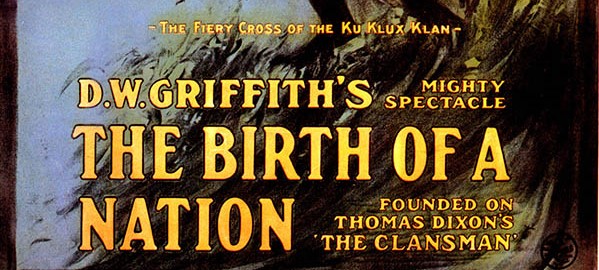 Catholic University Libraries has acquired a number of databases from Gale Cengage on social, political, historical, and health topics. Gale Primary Sources consist of large collections divided into case studies on critical, contemporary issues, each of which is backed with an accessible collection of hand-picked primary sources. In addition, each case study contains a bibliography and relevant discussion questions. All curated content has been chosen by an international expert who has reviewed the case studies for accuracy and teachability.
Catholic University Libraries has acquired a number of databases from Gale Cengage on social, political, historical, and health topics. Gale Primary Sources consist of large collections divided into case studies on critical, contemporary issues, each of which is backed with an accessible collection of hand-picked primary sources. In addition, each case study contains a bibliography and relevant discussion questions. All curated content has been chosen by an international expert who has reviewed the case studies for accuracy and teachability.
Political extremism has been on the rise across the world for many years. One particular collection the libraries have acquired is Political Extremism and Radicalism:
Liberal democracies of North America, Europe, and Australasia throughout the twentieth century have experienced a variety of forms of extremism and radicalism that have shaped mainstream political thinking as well as cultural norms. To comprehend modern governmental and societal systems researchers must understand the environment that created them, their origins, and their adversaries. (web site)
This series provides insight into fringe groups–the right and the left of the political spectrum–through rare, primary sources. Scholars and students will find these sources valuable in understanding the period and context when the documents were created. Scholars and students can answer questions on philosophical, social, political, and economic ideologies and address such issues “surrounding gender, sexuality, race, religion, civil rights, universal suffrage, and much more.”

Some of these collections include: Christian Identity and Far-Right Wing Politics (1923-1910); James Aho Collection (1960-2010); Social Documents Collection (1918-2000); FBI Files on Charles Lindbergh (1939-1956), Ezra Pound (1941-1971), Joseph McCarthy (1942-1974), and the Posse Comitatus (1973-1996); Walter Goldwater Radical Pamphlet Collection (1800-1999); The American Radicalism Collection; British Home Office Defence Regulation 18B Advisory Committee Papers and Registered Papers Regarding British Fascists; British Security Service Personal Files, Right-Wing Extremists; Fascists and Anti-Fascist Booklets; The Hall-Hoag Collection of Dissenting and Extremist Printed Propaganda; Leaflets, Stickers, Posters, and Electoral Ephemera from Fascist and Anti-Fascist Organizations; Searchlight Magazine; and Searchlight Oral Histories Collection.
In addition to this fine resource, we have a smaller collection called “Political Extremism” which focuses on twelve case studies. The case studies cover the historical events, political actions, and social movements centers in the United States, United Kingdom, Europe, and Australia from the 1900’s to the 2010’s. They include coverage on such disparate radical and extremist movements as the National Socialist Party of Australia, the Aryan Nations, the Ku Klux Klan, the British Union of Fascists, the UK National Front, the Black Panther Party, the Weather Underground and the Socialist Party USA.

Each case study has curated primary source content that can be used to teach students how to use primary sources for analyzing social issues. Included is an introductory essay, annotated sources for students to examine and discussion questions linking themes in the case studies to today. The primary sources are written by international experts and presented so they are easily comprehended by students. These primary sources are unique in that they reveal “the internal debates about historical extremist activism and the sensitivities of dealing with radical and extremist actors.” This method sheds light on contemporary issues raised about such movements. In particular, the collection explores “the role of female activists within radical movements, the use of terrorism and political violence within extremist movements, how extremists and radicals use propaganda and marketing techniques to promote their ideas to mainstream audiences, and the effectiveness of state proscription when dealing with such movements.”
Additional information about the collections, archives, and document types can be found here.
